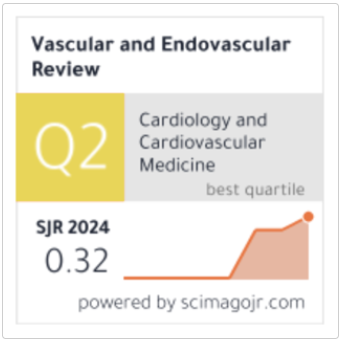Evaluating Postoperative Patency and Flow in Twisted Vascular Pedicles of Propeller Perforator Flaps for Lower Limb Reconstruction; A prospective, Single-Center, Observational Cohort Study
Keywords:
Propeller perforator flaps, lower extremity reconstruction, vascular patency, venous congestion, Doppler ultrasound, soft tissue defects, donor site morbidity.Abstract
Background: Propeller perforator flaps have emerged as a versatile and effective solution, offering reliable coverage while preserving major vascular axes. However, concerns remain about the vascular patency and flow patterns in twisted pedicles, particularly at high degrees of rotation. Understanding these hemodynamic dynamics is crucial to minimize complications and optimize surgical outcomes.
Objective: To evaluate the postoperative patency and flow patterns in twisted vascular pedicles of propeller perforator flaps used for lower extremity reconstruction.
Methods: This prospective, single-center, observational cohort study was conducted at King Fahad Medical City in Riyadh City, Saudi Arabia between June 2022 and December 2024. Fifteen patients underwent lower extremity soft tissue reconstruction using propeller perforator flaps rotated from 90 to 180 degrees. Flap sizes ranged from 5×12 cm to 9×20 cm, with eight flaps based on peroneal vessels and seven on the posterior tibial artery, using doppler ultrasound for vascular assessment.
Results: Soft tissue defects were due to unstable scar excision in six cases and post-traumatic tissue loss in nine cases. Preoperatively, four patients had osteomyelitis and four had wound infections. Doppler assessments revealed that 47% of patients experienced venous congestion with patent pedicles, while 53% had no congestion. All patients demonstrated patent vessels with biphasic flow patterns at the end of the follow-up period.
Conclusions: Propeller perforator flaps are a versatile and effective option for reconstructing middle and distal third leg defects, offering reliable coverage with minimal donor site morbidity. Despite high degrees of rotation, the flaps maintained patent pedicles with consistent flow patterns, resulting in favorable healing outcomes.








